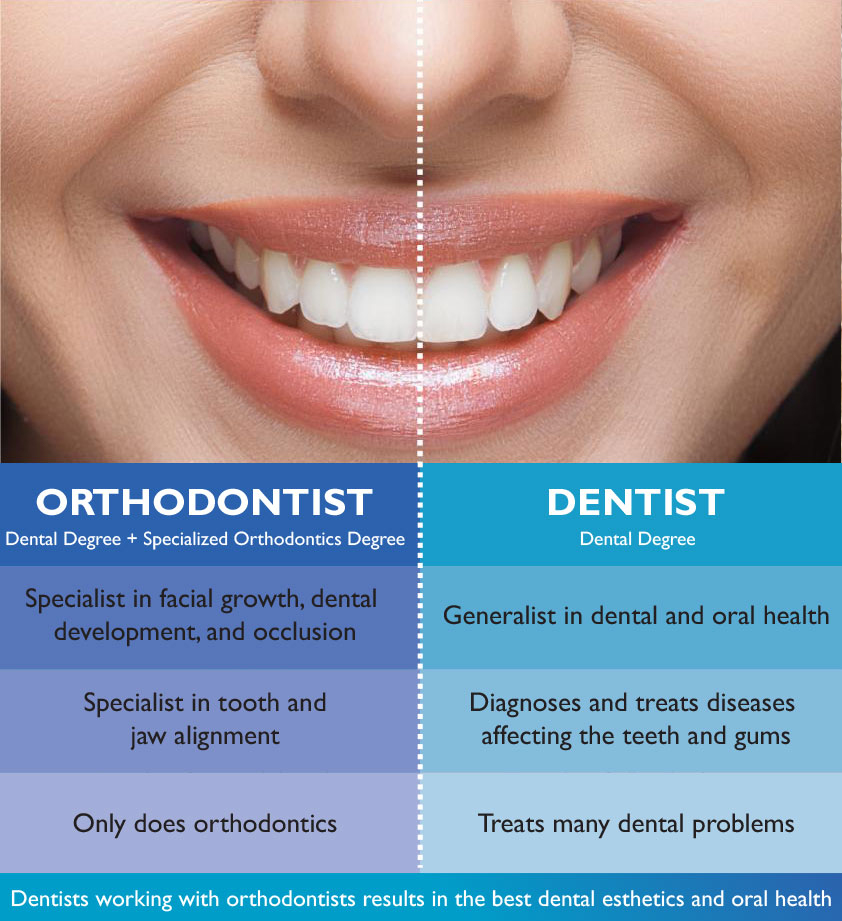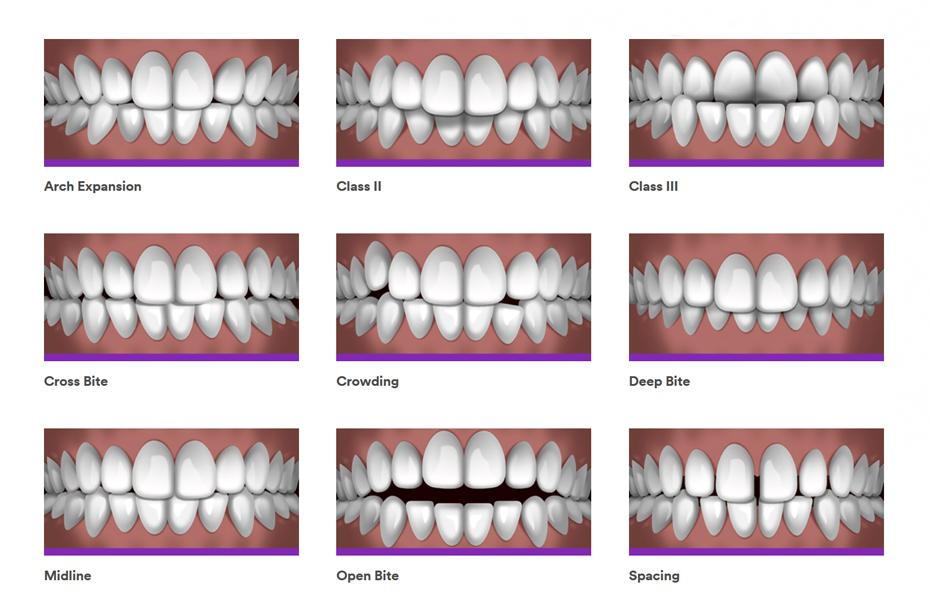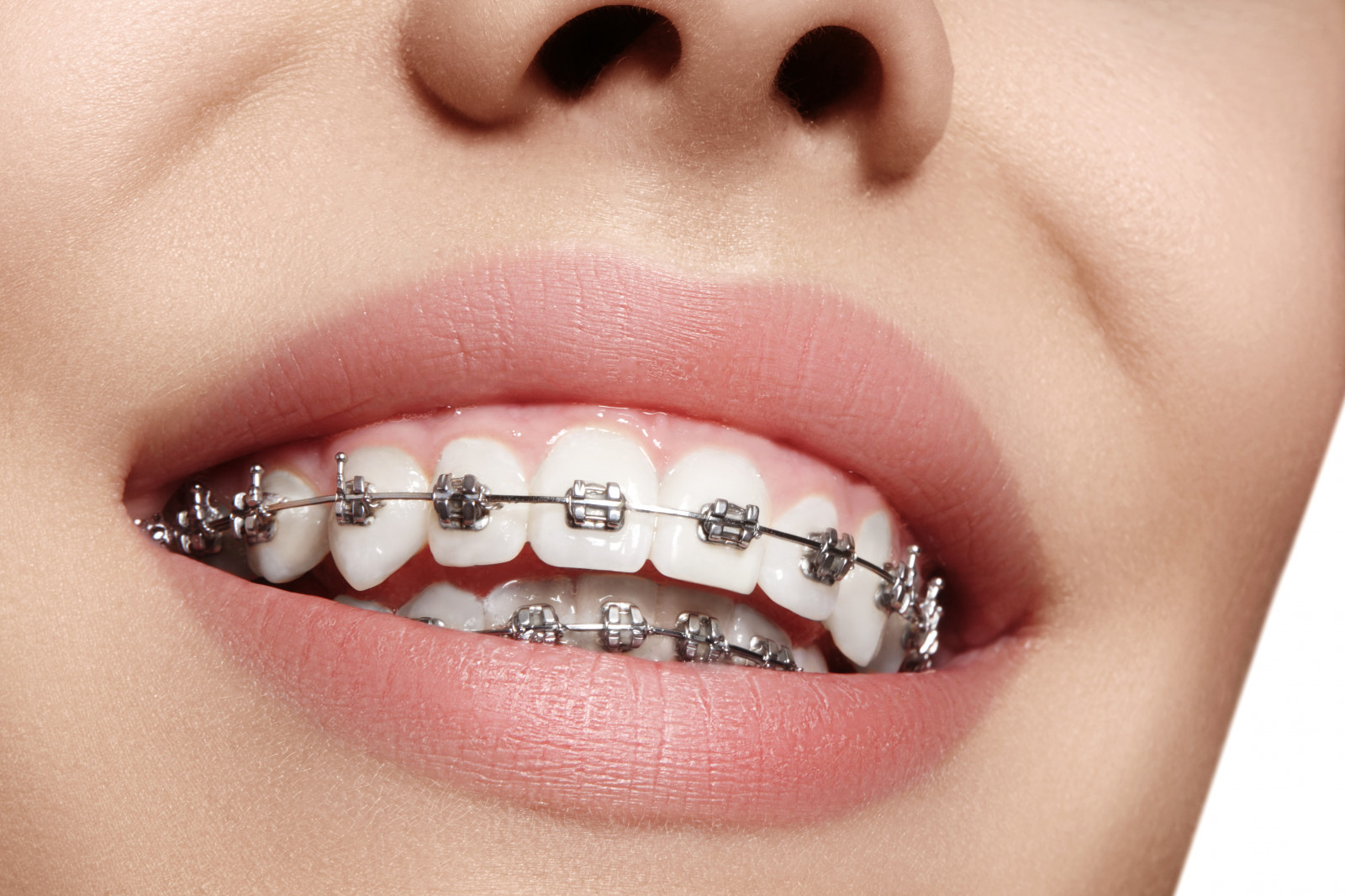Excitement About Causey Orthodontics
Table of ContentsNot known Facts About Causey OrthodonticsCausey Orthodontics Things To Know Before You BuyThe 25-Second Trick For Causey OrthodonticsLittle Known Questions About Causey Orthodontics.How Causey Orthodontics can Save You Time, Stress, and Money.
Ignoring occlusal partnerships, it was normal to get rid of teeth for a selection of dental issues, such as malalignment or congestion. The concept of an undamaged dentition was not widely appreciated in those days, making bite correlations appear pointless. In the late 1800s, the principle of occlusion was essential for creating dependable prosthetic substitute teeth.As these principles of prosthetic occlusion proceeded, it became an important device for dentistry. It was in 1890 that the job and impact of Dr. Edwards H. Angle began to be really felt, with his contribution to modern-day orthodontics especially significant. Initially concentrated on prosthodontics, he taught in Pennsylvania and Minnesota before guiding his focus in the direction of dental occlusion and the therapies required to maintain it as a normal condition, therefore coming to be known as the "dad of contemporary orthodontics".

The idea of suitable occlusion, as proposed by Angle and integrated into a category system, enabled a shift in the direction of treating malocclusion, which is any kind of variance from normal occlusion. Having a complete set of teeth on both arches was extremely searched for in orthodontic therapy because of the demand for specific connections in between them.
The Of Causey Orthodontics
As occlusion came to be the vital top priority, face percentages and aesthetic appeals were overlooked - emergency orthodontist near me. To accomplish optimal occlusals without utilizing outside pressures, Angle postulated that having perfect occlusion was the most effective means to get optimal face aesthetics. With the passing away of time, it came to be fairly noticeable that also a remarkable occlusion was not appropriate when considered from an aesthetic viewpoint
It ended up being apparent that orthodontic treatment could change mandibular growth, bring about the formation of practical jaw orthopedics in Europe and extraoral pressure actions in the United States. Nowadays, both functional home appliances and extraoral tools are applied around the globe with the purpose of changing development patterns and kinds. As a result, seeking real, or at least boosted, jaw connections had ended up being the primary purpose of therapy by the mid-20th century.
Getting The Causey Orthodontics To Work
 The American Journal of Orthodontics was created for this purpose in 1915; before it, there were no scientific objectives to follow, nor any type of specific category system and braces that did not have functions. Until the mid-1970s, dental braces were made by covering metal around each tooth. With improvements in adhesives, it ended up being possible to rather bond metal brackets to the teeth.
The American Journal of Orthodontics was created for this purpose in 1915; before it, there were no scientific objectives to follow, nor any type of specific category system and braces that did not have functions. Until the mid-1970s, dental braces were made by covering metal around each tooth. With improvements in adhesives, it ended up being possible to rather bond metal brackets to the teeth.Andrews gave an insightful meaning of the perfect occlusion in long-term teeth. This has actually had purposeful effects on orthodontic treatments that are provided consistently, and these are: 1. Appropriate interarchal partnerships 2. Proper crown angulation (pointer) 3. Proper crown disposition (torque) 4. No turnings 5. Limited call factors 6. Apartment Curve of Spee (0.02.5 mm), and based on these principles, he discovered a treatment system called the straight-wire device system, or the pre-adjusted edgewise system.
The benefit of the style depends on its bracket and archwire combination, which requires just marginal cable flexing from the orthodontist or clinician (family orthodontics). It's appropriately named hereafter attribute: the angle of the port and density of the brace base ultimately figure out where each tooth is located with little demand for extra manipulation
Some Known Factual Statements About Causey Orthodontics
Both of these systems used identical braces for every tooth and required the bending of an archwire in 3 aircrafts for finding teeth in their preferred positions, with these bends dictating supreme positionings. When it involves orthodontic devices, they are split into two kinds: detachable and fixed. Detachable devices can be taken on and off by the client as called for.

Hence, nearly all contemporary set home appliances can be taken into consideration variants on this edgewise appliance system. Early 20th-century orthodontist Edward Angle made a major contribution to the world of dentistry. He created 4 unique home appliance systems that have been made use of as the basis for several orthodontic treatments today, barring a couple of exceptions.
The Only Guide to Causey Orthodontics

The wire finished in a string, and to move it forward, a flexible nut was made use of, which enabled for a boost in circumference. By ligation, each specific tooth was connected to this expansive archwire (Causey Orthodontics). As a result of its restricted series of movement, Angle was unable to attain accurate tooth positioning with an E-arch
These tubes held a firm pin, which can be repositioned at each appointment in order to relocate them in area. Referred to as the "bone-growing device", this gizmo was thought to urge healthier bone development because of its capacity for moving force straight to the roots. Executing it proved bothersome in reality.